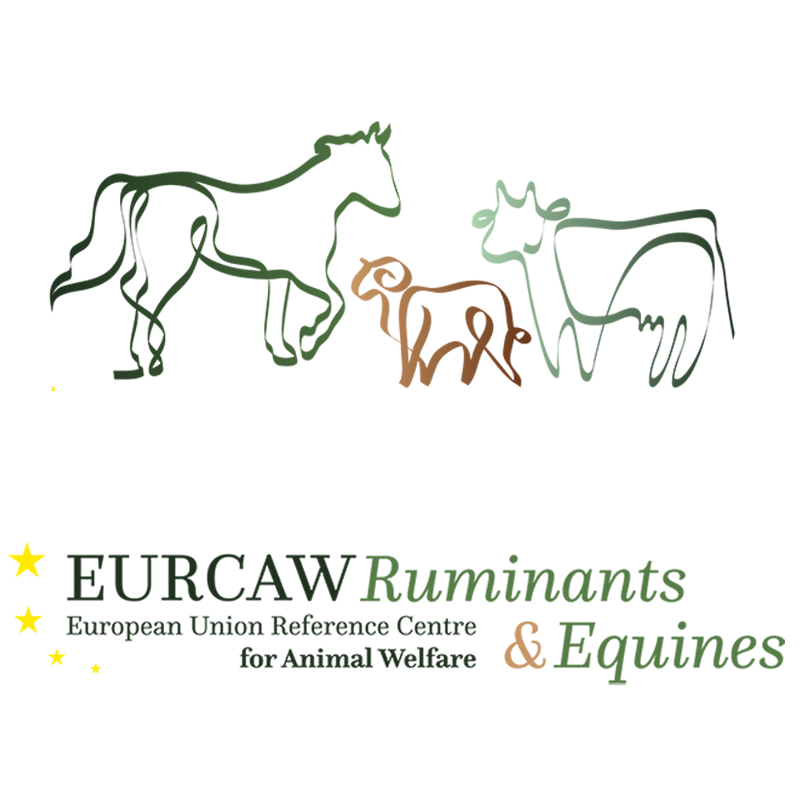Equine Housing and Care
This dossier aims to help Competent Authorities and other stakeholders with issues related to equine housing and care, including working equids and horse confinement. The dossier is updated periodically by the EURCAW Ruminants & Equines team. The text is meant to support Competent Authorities, and is not legally binding.
Legislation
Council Directive 98/58/EC of 20 July 1998 lays down the minimum requirements for the protection of animals kept for farming purposes and requires animals involved in farming not be caused unnecessary pain, suffering or injury.
Article 1, Paragraph 1.
This Directive lays down minimum standards for the protection of animals bred or kept for farming purposes.
Article 2, Paragraph 1.
‘animal’ means any animal (including fish, reptiles or amphibians) bred or kept for the production of food, wool, skin or fur or for other farming purposes
Article 2, Paragraph 2.
‘Owner’ or ‘keeper’ means any natural or legal person or persons responsible for or in charge of animals whether on a permanent or temporary basis
Article 3.
Member States shall make provision to ensure that the owners or keepers take all reasonable steps to ensure the welfare of animals under their care and to ensure that those animals are not caused any unnecessary pain, suffering or injury.
Annex – Freedom of movement, Paragraph 7
The freedom of movement of an animal, having regard to its species and in accordance with established experience and scientific knowledge, must not be restricted in such a way as to cause it unnecessary suffering or injury.
Where an animal is continuously or regularly tethered or confined, it must be given the space appropriate to its physiological and ethological needs in accordance with established experience and scientific knowledge.

© INRAE / PAILLARD Gérard
Knowledge
Equids are used in a variety of working conditions across the EU. Working conditions may be for tourism, sport, or manual labour. With inconsistent legislation across the EU, working equid welfare is relatively unknown. One review in this section reviews current working conditions and welfare issues for working equids within Europe. The review also provides recommendations for improved working equid welfare and key inspection areas.
Horse housing is varied as well. Equids are social animals that live in dynamic societies. Individual housing can impact their natural social behaviour and lead to poor welfare. A second review in this section presents the natural social behaviours of horses, the welfare impacts isolation has on horses, and the recommendations to improve horse welfare in regard to social interaction. The thematic factsheet provides further information on horse confinement and restriction.



